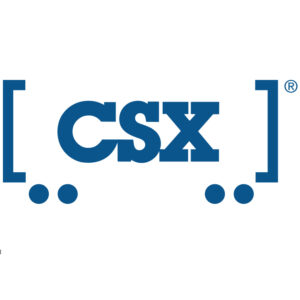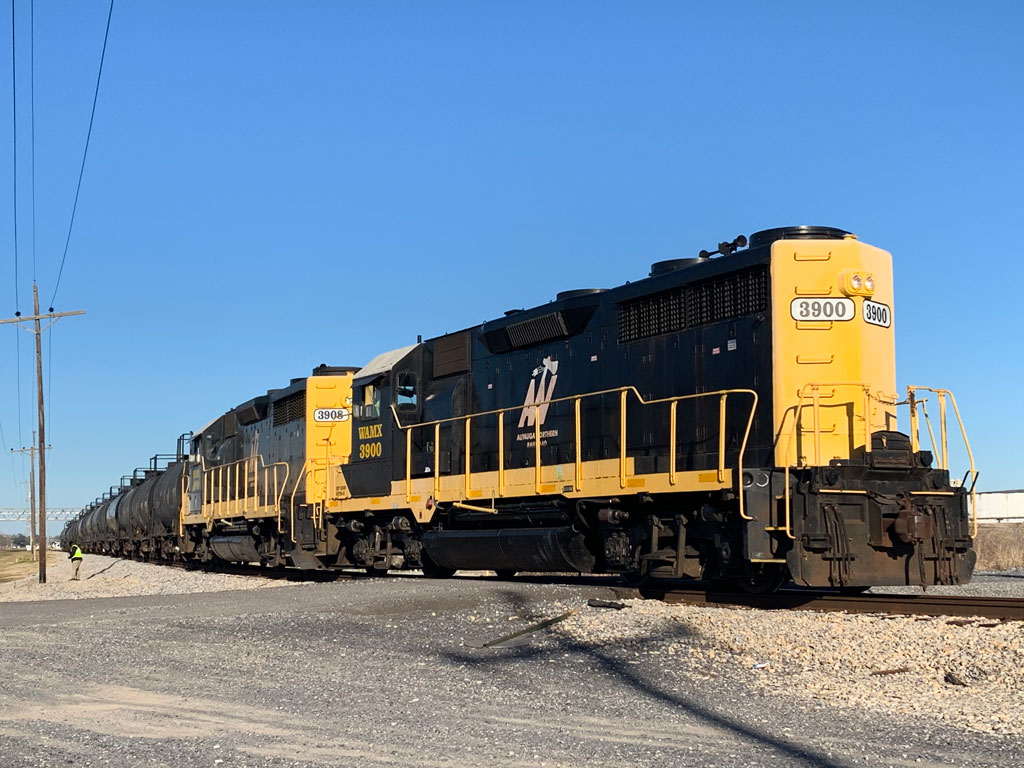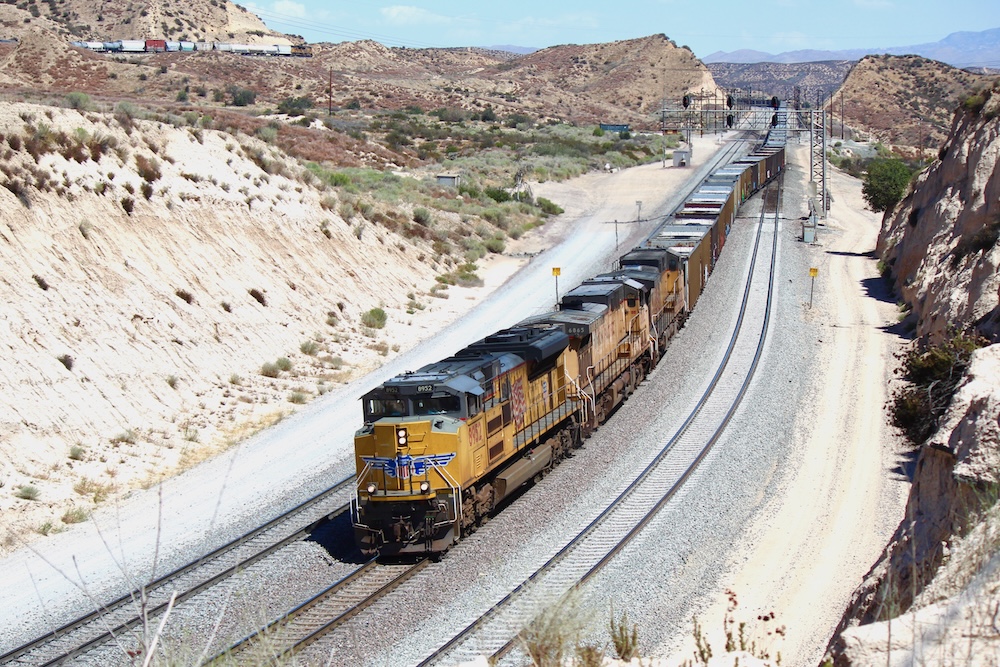 JACKSONVILLE, Fla. — CSX says a failed wheel bearing caused the Nov. 22 derailment that led to an evacuation of residents in Livington, Ky., on Thanksgiving.
JACKSONVILLE, Fla. — CSX says a failed wheel bearing caused the Nov. 22 derailment that led to an evacuation of residents in Livington, Ky., on Thanksgiving.
In a Sunday statement, the railroad said it has completed the removal of all 16 railcars involved in the incident that occurred about 2:30 p.m. on Wednesday, and has completed removal of the spilled sulphur that caught fire and led to the evacuation [see “Evacuations reported after CSX derailment …,” Trains News Wire, Nov. 22, 2023]. Some 2,500 tons of soil impacted by the incident has been removed and replaced with clean material. Track repairs were expected to be completed by noon Sunday.
The railroad also thanked Rockcastle County authorities for their work in response to the incident, as well as the community members and businesses that worked with the railroad to help residents that were affected, especially those that assisted in serving Thanksgiving dinner. CSX also said it apologiexzed for the inconvenience to the community and its patience during the recovery effort.














As NS if 5 mile detectors is cost effective. I bet the answer is yes on main lines.
Question! How far did the failed bearing travel when it was last scanned? On that train or maybe another train?
“Failed wheel bearings” appear to be a recurring (and major) rail safety concern. Wasn’t it a “failed wheel bearing” that caused the East Palestine Ohio (Norfolk Southern) derailment last winter?
Seems there should be a ‘technology’ solution to this issue? Otherwise congress will be a ‘day late and a dollar-short’ with some federally mandated solution that may or may not fix the problem. Yes, more wheel (hot-box) detectors are probably needed (closer-together along a given rail-line), but it seems there ought to be a technology-solution for the wheel-bearing problem (?).
Defect detectors would have to be spaced at 5 mile intervals to make a good chance of catching overheated bearings before failure. This isn’t practical.
The technology exists to monitor every bearing continually. These monitors could be powered by the motion of the bearing itself.
This gets back to affordable technology for real time monitoring of bearings and other safety attributes reported here after East Palestine. I suppose we’ll need to see scores of fatalities before CON-gress acts, as it did with PTC
Now the question: How much dection protection (spacing etc.). Train alarmed or a remote desk who decides to alarm the train? Time will tell, but due to past sad situations, these questions were what was asked. Only when questions are asked, and action follows the answers, then things improve safety. endmrw1127230952